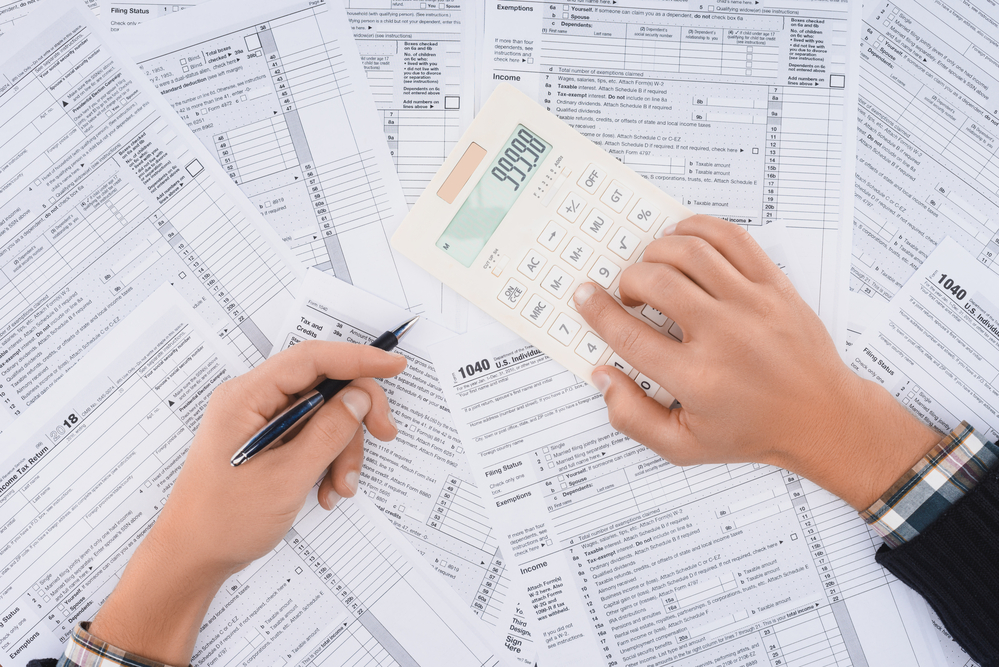Government contractors and all types of business owners have incredibly complex tax returns when compared to individuals whose sole source of income is recorded on a W-2. As a business owner and contractor, you likely receive a variety of income tax forms, including various 1099s and potentially even K-1s. If you’ve never received a Schedule K-1 for your tax return before, you might wonder how this differs from your other tax forms as a contractor, and how to properly report it on your tax return. Keep reading to learn more about these particular forms and how they’re used.
What Is a K-1 and How Is It Different?
Most contractors are familiar with 1099 forms if they’ve been contracting for any amount of time. This form is the standard tax form independent contractors receive from those people and entities that they contract for throughout the year. So where does a K-1 come in, and how is it different from a 1099?
A K-1 is not a tax form you’d receive from one of your clients. Rather, it’s a form issued from your business to every owner/partner in the company. So, in most cases, you likely won’t receive both a 1099 and a K-1; you would either receive 1099s from all of your clients who paid you directly, or you’d receive a K-1 from your business, showing all of the income you’d received from the business throughout the year. (The exception to this would be if you’re doing separate contracting work, in addition to your ownership in a business issuing a K-1 to you.)
Let’s look at an example: In 2021, you worked as an independent contractor and received payments directly from your clients. You then received 1099s from each client and used those to report your income throughout the year for tax purposes. But in 2022, you registered your business as an S-corporation and acquired a business partner with a 30% stake in your company. So, this year, all payments would be made directly to the business instead of to you, and at tax time, you would need to issue Schedule K-1s to both you and your business partner, reflecting your share of the profit/loss from 2022.
Should Your Business Be Issuing K-1s?
This leads to another common question from new business owners: Should you be issuing a K-1 to yourself this year? That all depends on your business’s structure. Certain businesses, known as pass-through entities, pass their profits and losses directly to their owners. This helps to avoid double taxation of the business’s profits. There are a few business structures that qualify as pass-through entities: partnerships, LLCs with a partnership election, and S-corporations. If your company is registered under one of these designations, you and any other owners or partners should receive a K-1.
Note that it is possible to be registered as a pass-through entity but have a single owner. All profits/losses would pass on to that individual owner, and your K-1 should reflect your 100% ownership of the business.
When Should K-1s Be Issued?
If your business is a pass-through entity, regardless of how many owners/partners it has, all K-1s must be issued by March 15th. (This is also the business tax deadline.) Obviously, this is quite late in the tax season, and can make it difficult for business owners to file their own taxes by the April 15th deadline for individuals. So, if you’re someone who receives a K-1, it’s probably a good idea to file a request for an extension early on in tax season. This will push your tax filing deadline to October 15th instead.
How to Report Your K-1 Income
So, you receive a K-1 from your business. Now what? All K-1 recipients need to perform a K-1 reconciliation when filing their taxes. Essentially, this means you need to meticulously calculate your profits from the business for the year and ensure that they match the K-1. Then, you must ensure that your tax return matches your K-1 exactly to avoid any penalties from the IRS.
The complexities that come from handling K-1 income, along with the necessity of ensuring that all numbers are reported precisely, are the reason that most business owners rely on a tax professional to prepare their returns. At Peter Witts CPA, we specialize in working with government contractors. Whether your contracting business income is reported via 1099 or K-1, we can help you to prepare your return, double check it for accuracy, and get it filed on time so that you can avoid late fees and other penalties from the IRS. Call today to schedule a consultation with one of our CPAs.

